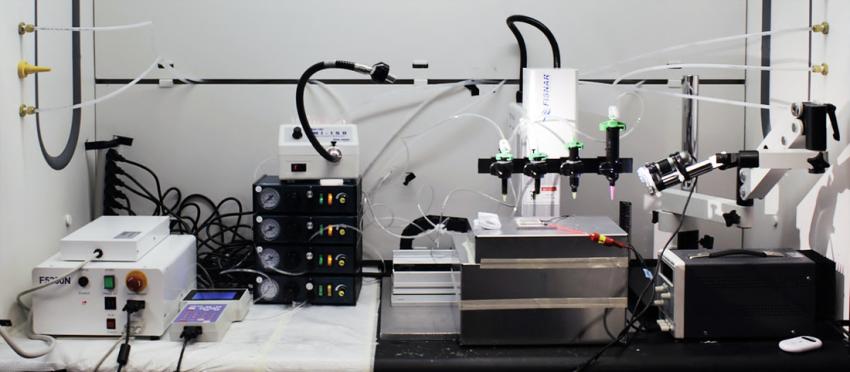3D printing has made great progress over the past few years, and as a result, everything from electronics to toys and even human body parts are being 3D printed.
There might come a time when people in every home will be printing coffee mugs, photo frames, or anything else needed.
While 3D printing is gradually becoming a mainstream technology, the biggest challenge is trying to print with multiple materials at once.
Now, researchers from Princeton University have made a breakthrough in 3D printing. They were able to successfully 3D print functioning quantum dot LED lights using diverse classes of materials.
Quantum dot LEDs have extremely high color purity, durability, flexibility and efficiency that is unmatched when compared to other common display and lighting technologies available today. These LEDs are very similar to LEDs found in televisions and computer monitors.
The team worked for 6 months and spent around $20,000 to build a custom 3D printer and went on to print LEDs using five different materials:
- Emissive semiconducting inorganic nanoparticles
- An elastomeric matrix
- Organic polymers as charge transport layers
- Solid and liquid metal leads
- A UV-adhesive transparent substrate layer
The researchers managed to 3D print all the materials above into one object, within a single fabrication process, in order make a functional quantum dot LED.
Currently, the LEDs are expensive but 3D printing looks to make them affordable in the near future.







